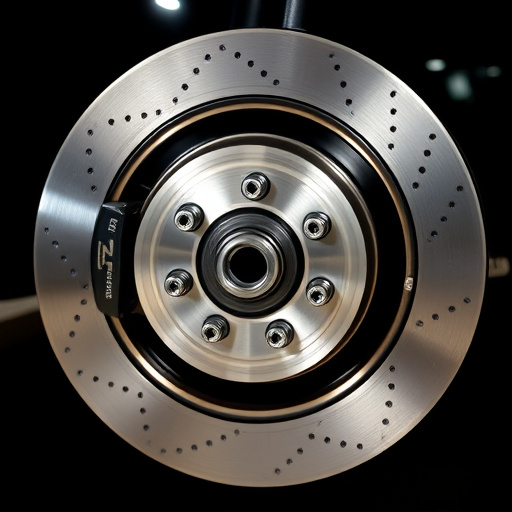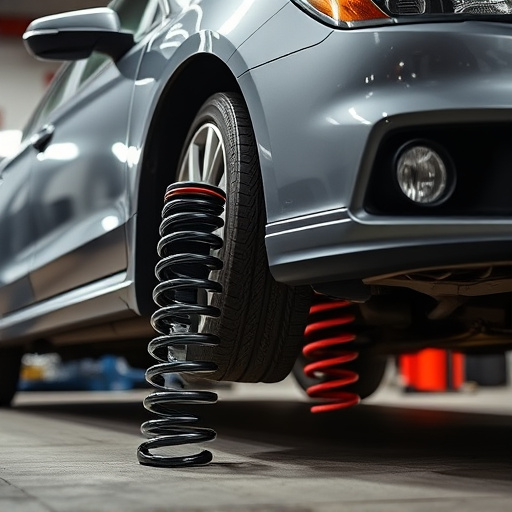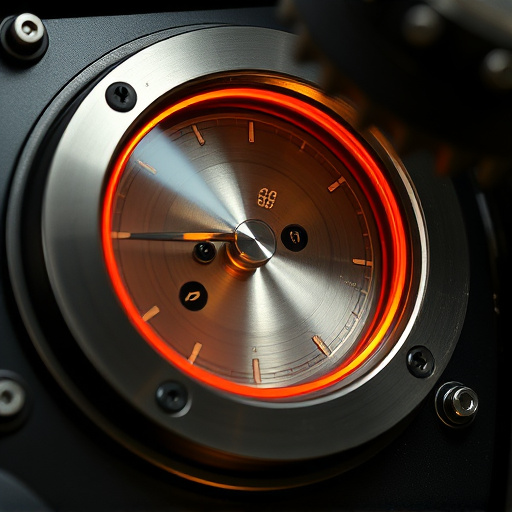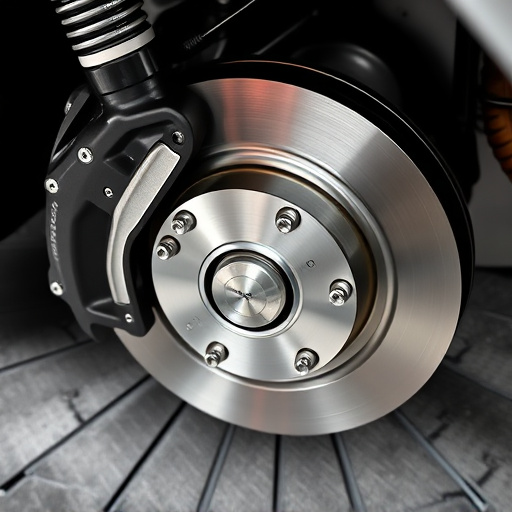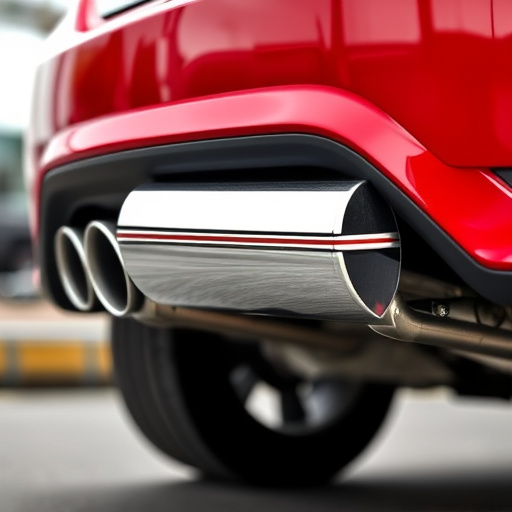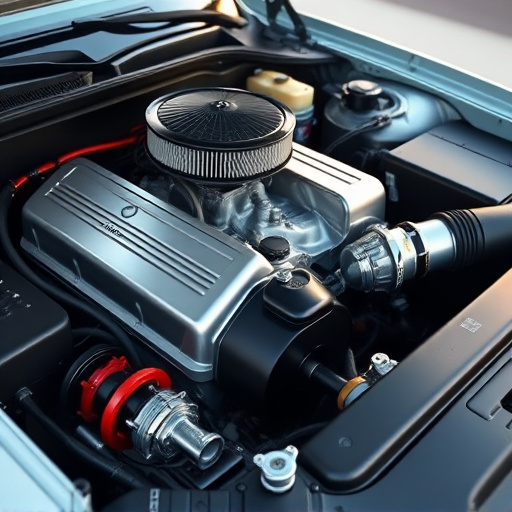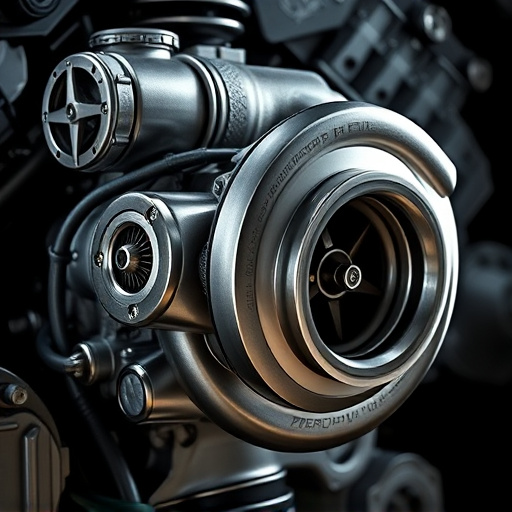Exhaust sound control is a vital automotive engineering technology that combines active valves, high-performance air filters, and specialized brake parts to reduce engine noise while adhering to global emission regulations. Active valves dynamically adjust gas flow, managing sound waves and enhancing engine performance, especially at high speeds. This integrated approach offers significant advantages over traditional mufflers, providing both a quieter ride and improved fuel efficiency, particularly for high-performance vehicles.
Exhaust sound control is a critical aspect of modern vehicle design, aiming to reduce noise pollution while enhancing passenger comfort. This article delves into the innovative technology behind active valves in exhaust systems. By understanding how these valves work, we uncover their pivotal role in minimizing noise levels and improving engine performance. Through exploring the science and benefits, we reveal why active valve sound control is not just a luxury but an essential step towards more sustainable and efficient transportation.
- Understanding Exhaust Sound Control
- The Role of Active Valves in Sound Reduction
- How Active Valve Systems Enhance Performance and Efficiency
Understanding Exhaust Sound Control
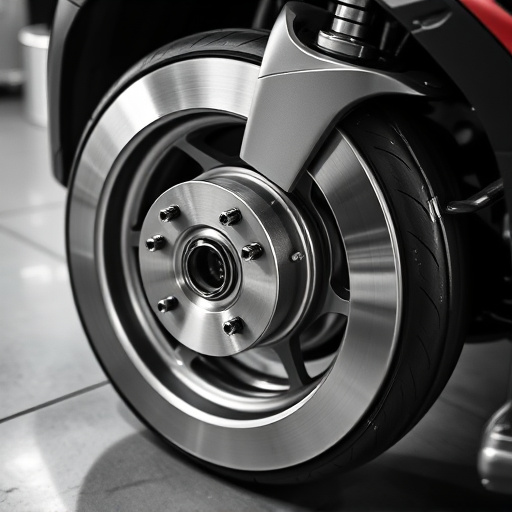
Exhaust sound control is a technology designed to manage and reduce the noise generated by an engine’s exhaust system. This is particularly important in automotive engineering, as vehicles are subject to strict noise emission regulations worldwide. By utilizing advanced techniques, engineers can create a more tranquil driving experience for passengers while also ensuring optimal performance.
The process involves several components, including active valves and innovative sound-absorbing materials. Active valves, when integrated into the exhaust system, can dynamically adjust their openings to control the flow of gases, thereby influencing the sound waves produced. Additionally, high-performance air filter kits and specialized brake components contribute to minimizing noise by enhancing overall engine efficiency and reducing vibrations. The use of performance air filters further refines the process, allowing for precise control over air intake and subsequent exhaust notes, catering to both environmental standards and vehicle performance requirements.
The Role of Active Valves in Sound Reduction
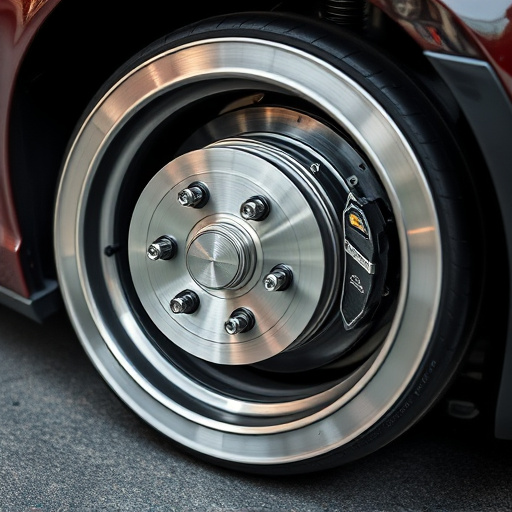
Active valves play a pivotal role in modern exhaust sound control systems. These innovative components are designed to actively regulate and manipulate the flow of exhaust gases, thereby significantly reducing noise levels. Unlike traditional mufflers that rely solely on acoustic damping, active valve systems offer precise control over exhaust flow, allowing for more effective sound reduction without compromising engine performance.
By adjusting the valve’s position, these systems can alter the exhaust gas flow, minimizing backpressure and optimizing sound waves. This dynamic approach to sound control ensures a quieter ride, especially at high speeds or under heavy acceleration. Furthermore, active valves can be integrated with other performance components like coilover kits and performance brakes to create a seamless, high-performance system, enhancing both driving experience and vehicle aesthetics, while also ensuring compliance with noise regulations.
How Active Valve Systems Enhance Performance and Efficiency
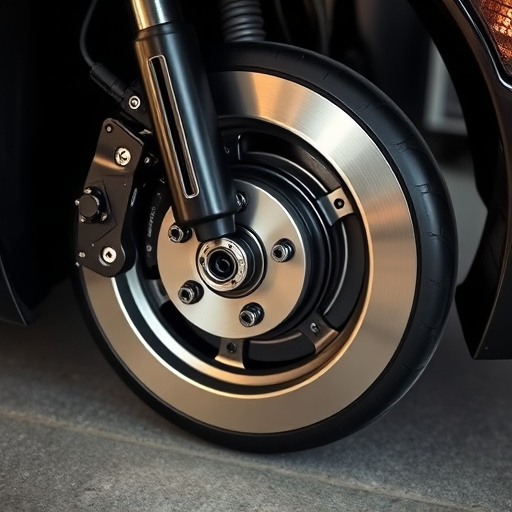
Active Valve systems are revolutionizing exhaust sound control, offering significant advantages over traditional designs. By dynamically adjusting airflow, these systems enhance both performance and efficiency. The valves act as a kind of throttle, allowing precise control over the flow of gases, which directly impacts noise levels. When opening or closing, they can significantly reduce backpressure in the exhaust system, resulting in smoother power delivery and improved fuel economy.
This technology is particularly beneficial for vehicles with high-performance engines, where both powerful acceleration and quiet operation are desired. The dynamic nature of active valves allows for a balance between engine responsiveness and noise reduction, ensuring drivers enjoy a refined driving experience without compromising on performance, especially when paired with high-quality air filter kits and muffler tips. Moreover, efficient exhaust flow can also benefit brake components by improving cooling, leading to better overall system performance.
Exhaust sound control, enhanced by active valves, represents a significant advancement in automotive technology. By actively managing exhaust flow through electronically controlled valves, these systems not only drastically reduce noise pollution but also improve engine performance and efficiency. This innovative approach to exhaust management is transforming the driving experience, offering quieter, more powerful vehicles that contribute to cleaner environments. Active valve systems are truly revolutionizing the way we think about exhaust sound control.








